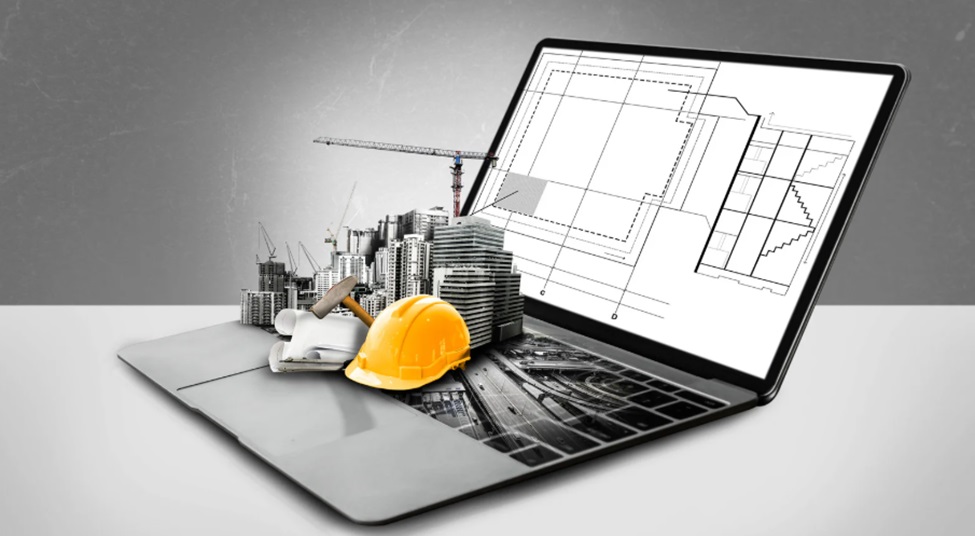How Architecture Firms Use Technology to Enhance Design and Efficiency

In today’s fast-paced and innovation-driven environment, architecture firms are increasingly leveraging technology to improve not only their designs but also their overall workflow and efficiency. From concept to construction, digital tools are transforming how projects are visualized, planned, and executed—redefining what’s possible in modern architecture.
The best architecture firm in Atlanta doesn’t just rely on traditional drafting methods; it embraces technology to create smarter, more accurate, and efficient building processes. These firms integrate advanced software and collaborative platforms that make project execution faster, more sustainable, and more client-focused.
Digital Modeling and Visualization
Technology has revolutionized architectural visualization. Software like Building Information Modeling (BIM), 3D rendering tools, and virtual reality applications have replaced hand-drawn sketches and two-dimensional blueprints. These tools provide a dynamic, interactive way to visualize projects before a single brick is laid.
Through BIM, architects can create comprehensive models that integrate structural, mechanical, and environmental elements into a single platform. This allows for more accurate planning and minimizes costly errors down the line. Clients can also experience their future spaces in immersive 3D environments, making it easier to understand design decisions and provide feedback early in the process.
Collaboration and Workflow Optimization
Technology plays a significant role in streamlining collaboration across all stakeholders. Cloud-based project management tools allow architecture firms to communicate and share updates in real time with contractors, engineers, and clients. This digital transparency reduces miscommunication and allows for quicker decision-making.
Moreover, workflow automation helps teams manage tasks more efficiently—whether it’s scheduling, budgeting, or document control. By automating repetitive tasks, architects can focus more on the creative and strategic aspects of their work.
Sustainable Design Through Smart Tech
Smart technologies are also enabling more sustainable and environmentally responsible architecture. Firms now use energy simulation tools to analyze a building’s energy usage before construction begins. These simulations inform decisions about natural lighting, ventilation, and material selection, helping architects reduce a structure’s carbon footprint.
Sensor-integrated design is another rising trend. Buildings can now be equipped with smart systems that adjust lighting, HVAC, and shading based on real-time usage, weather, and occupancy. These responsive technologies not only reduce energy costs but also create more comfortable and adaptable environments.
Precision in Construction and Fabrication
From prefabrication methods to robotic construction, technology is reshaping the building phase as well. Laser scanning and drone surveys provide accurate site data that helps firms avoid misalignments and unexpected obstacles. Meanwhile, 3D printing and CNC machining allow for complex structural components to be manufactured with unmatched precision.
By integrating these technologies, architecture firms are also reducing waste and construction timelines, leading to faster project delivery and lower costs for clients.
Conclusion
Technology is no longer a luxury in architectural practice—it’s a necessity. The ability of an architecture firm to adapt and innovate through tech-driven solutions sets it apart in a highly competitive industry. By embracing digital tools, firms are creating spaces that are not only visually striking but also efficient, sustainable, and aligned with modern needs.
Forward-thinking architecture firms aren’t just designing buildings—they’re building smarter, more connected futures.
